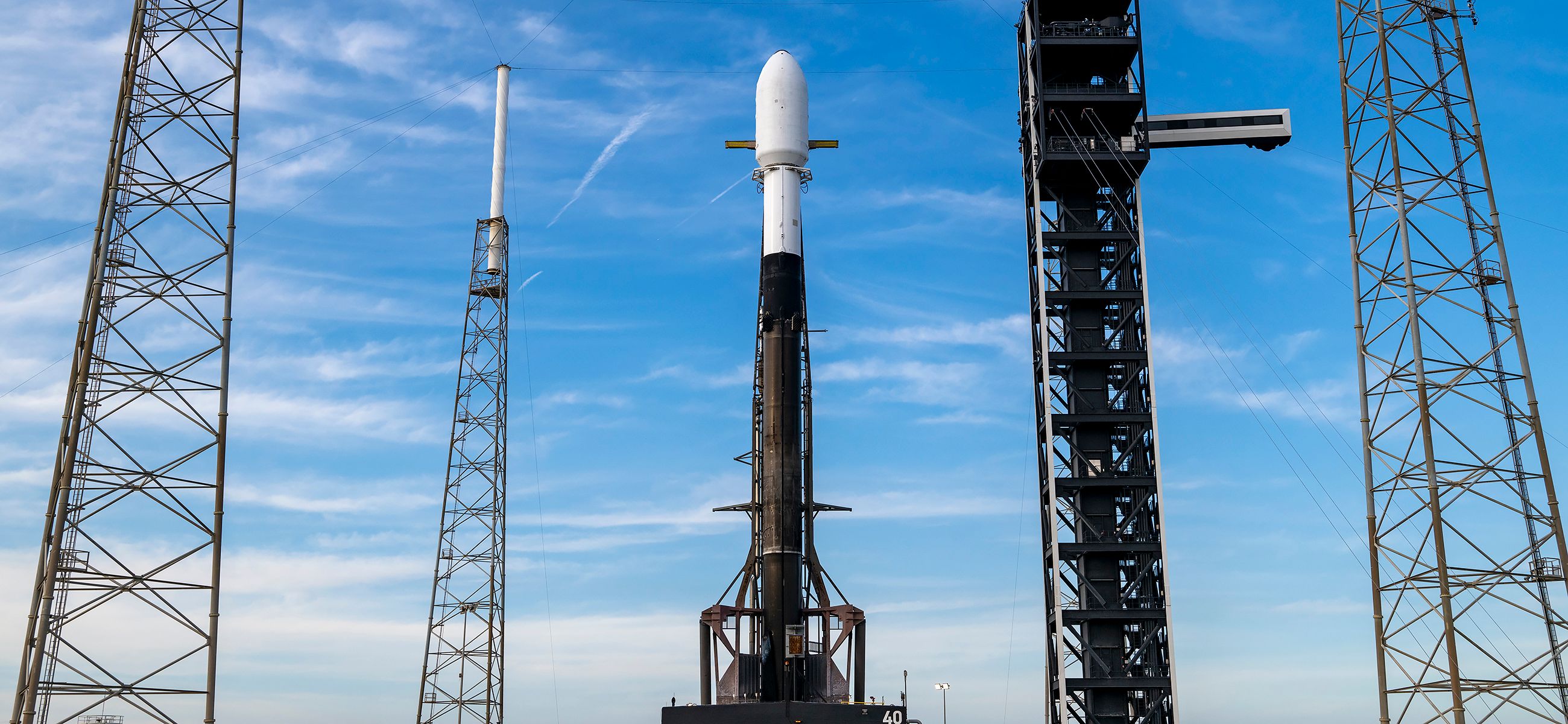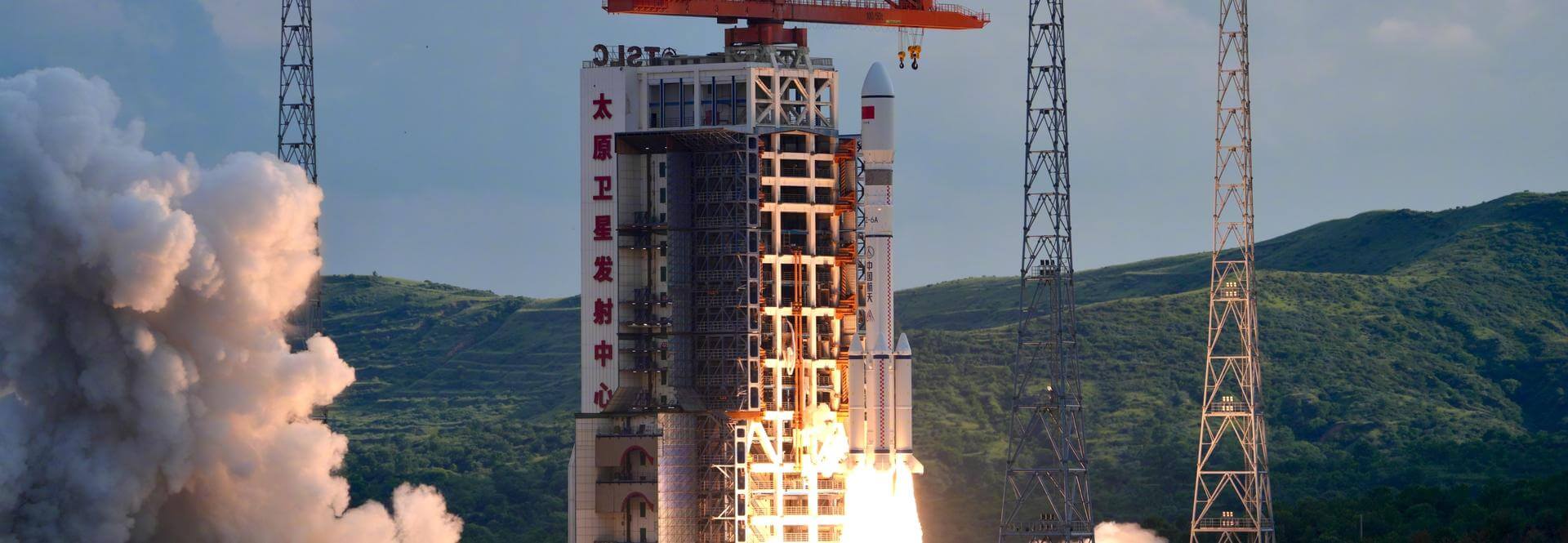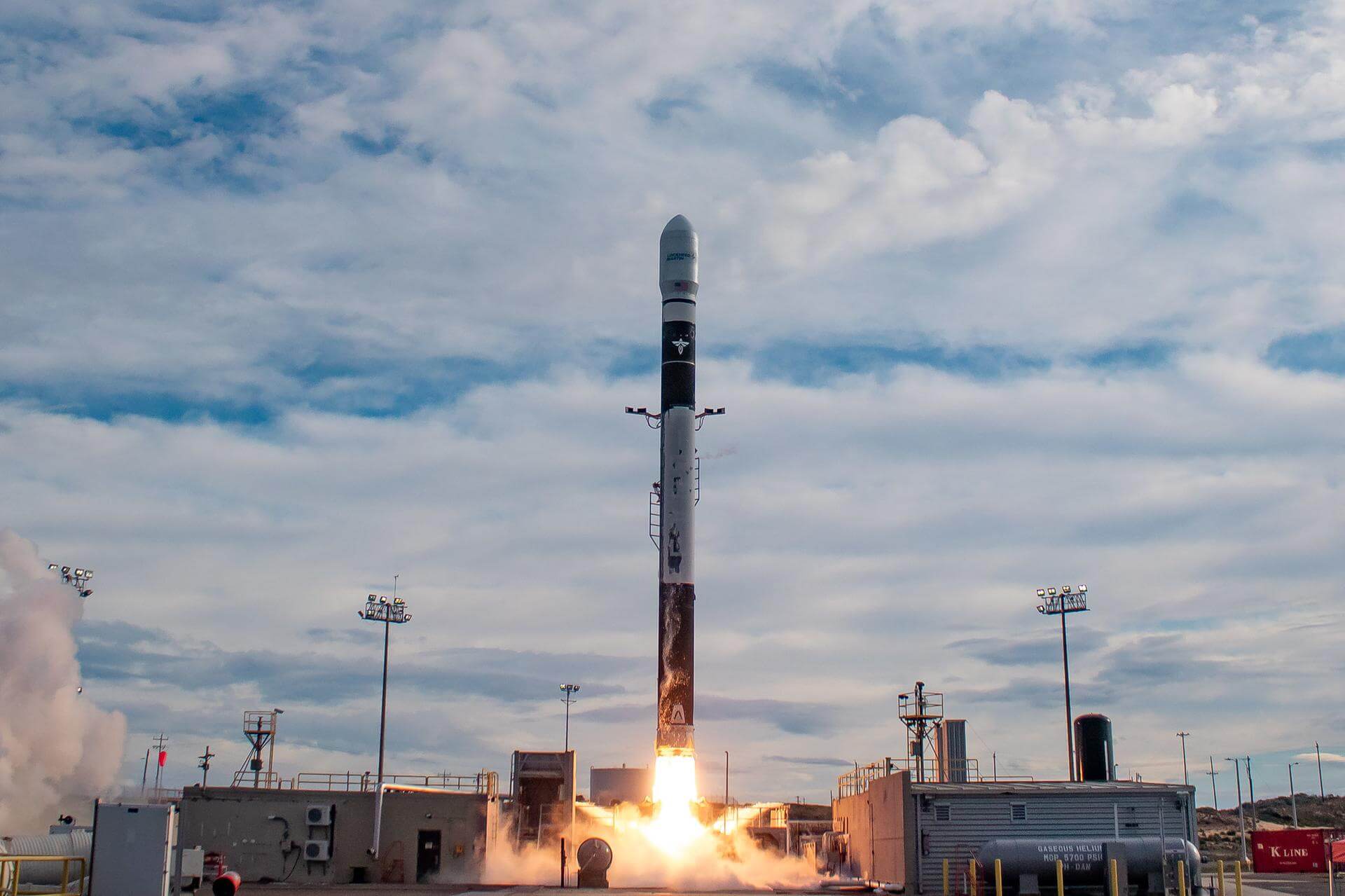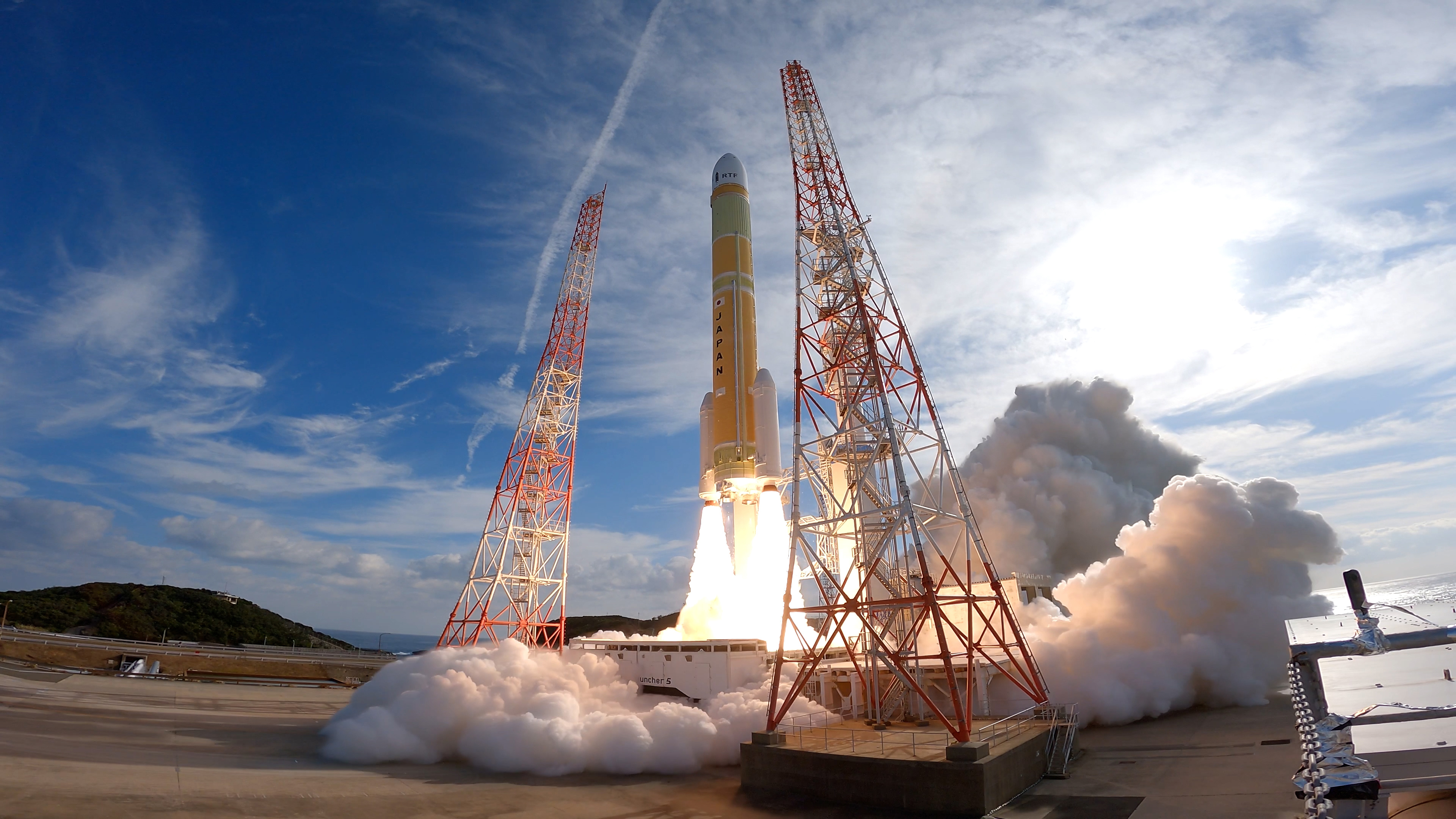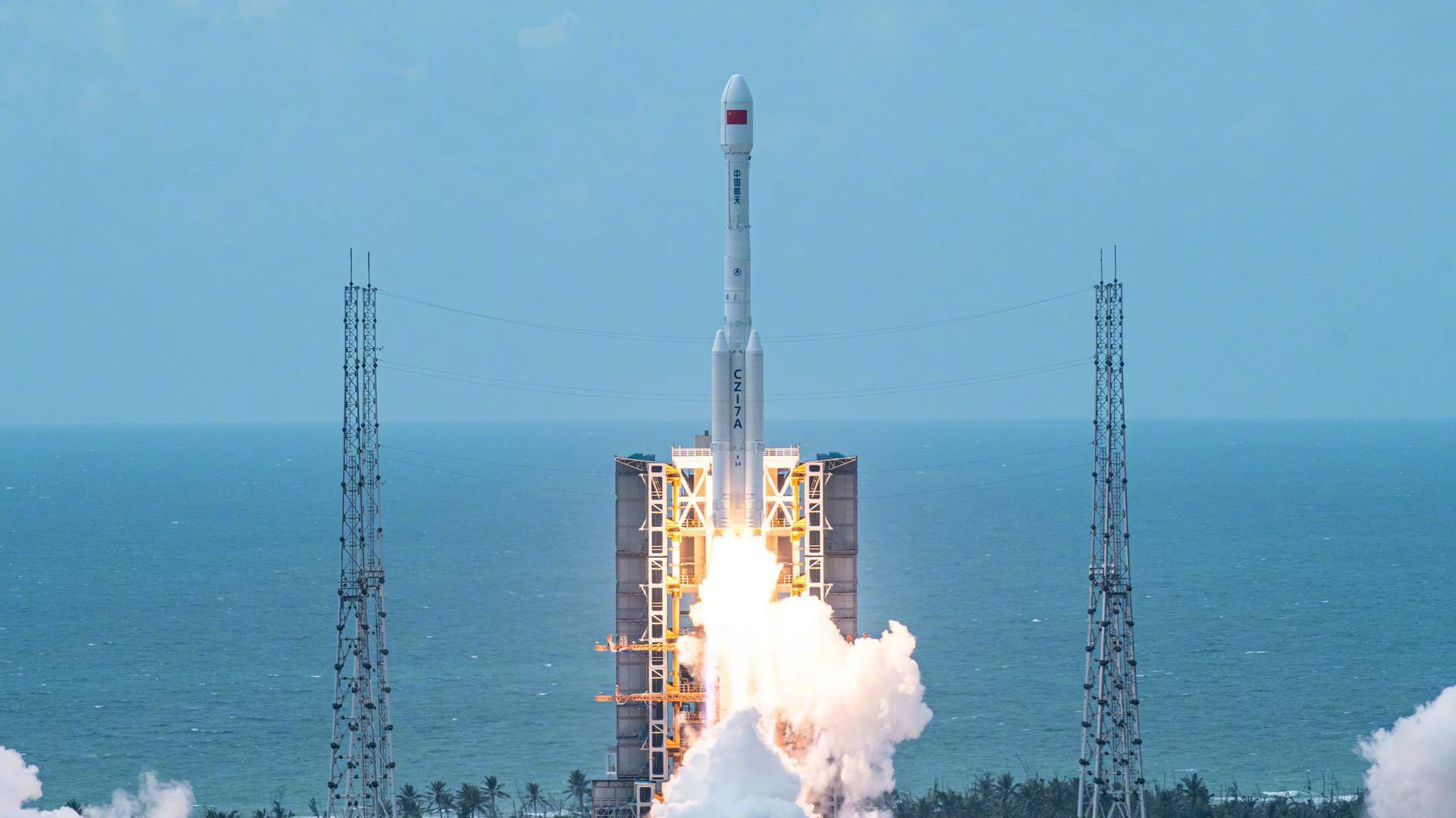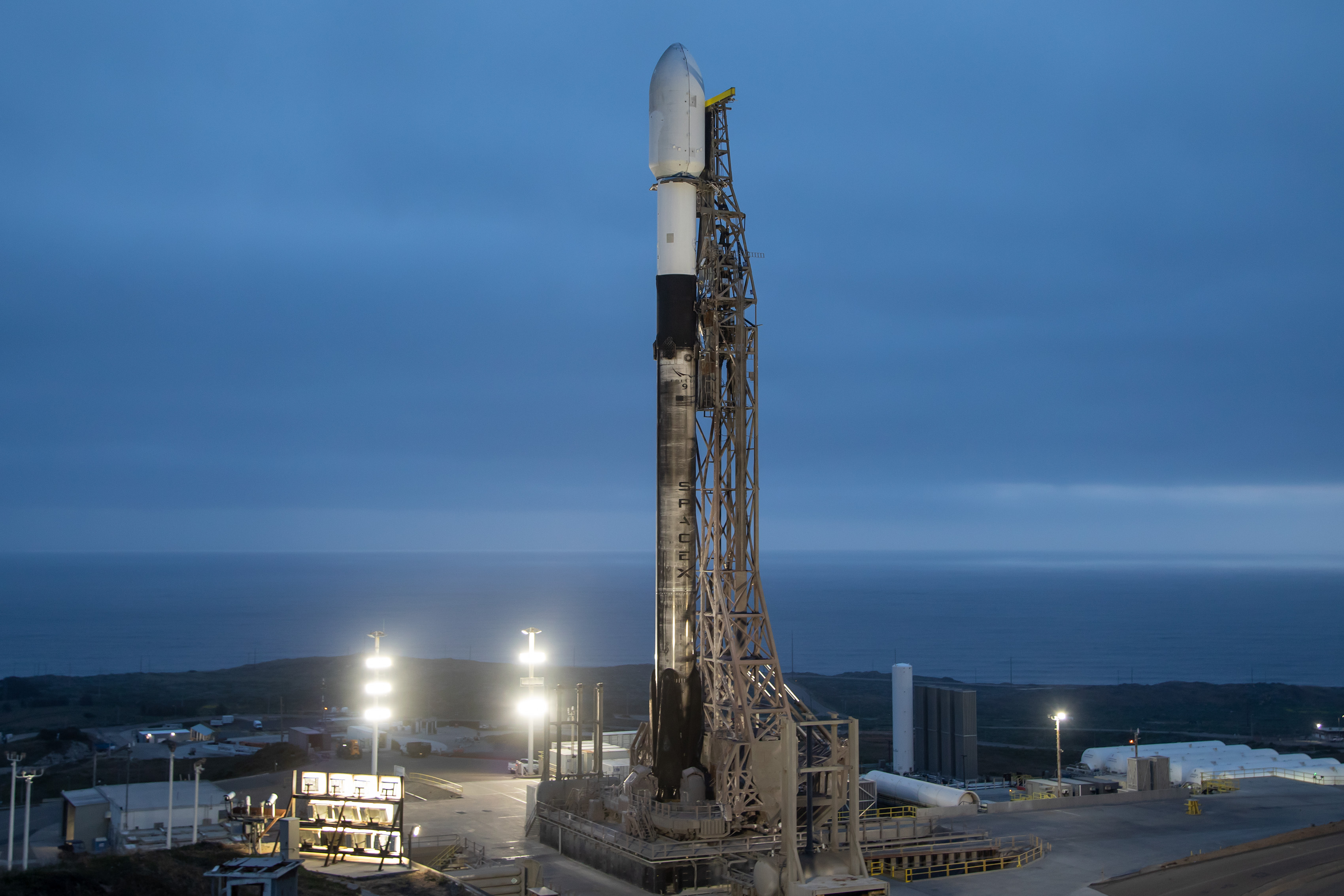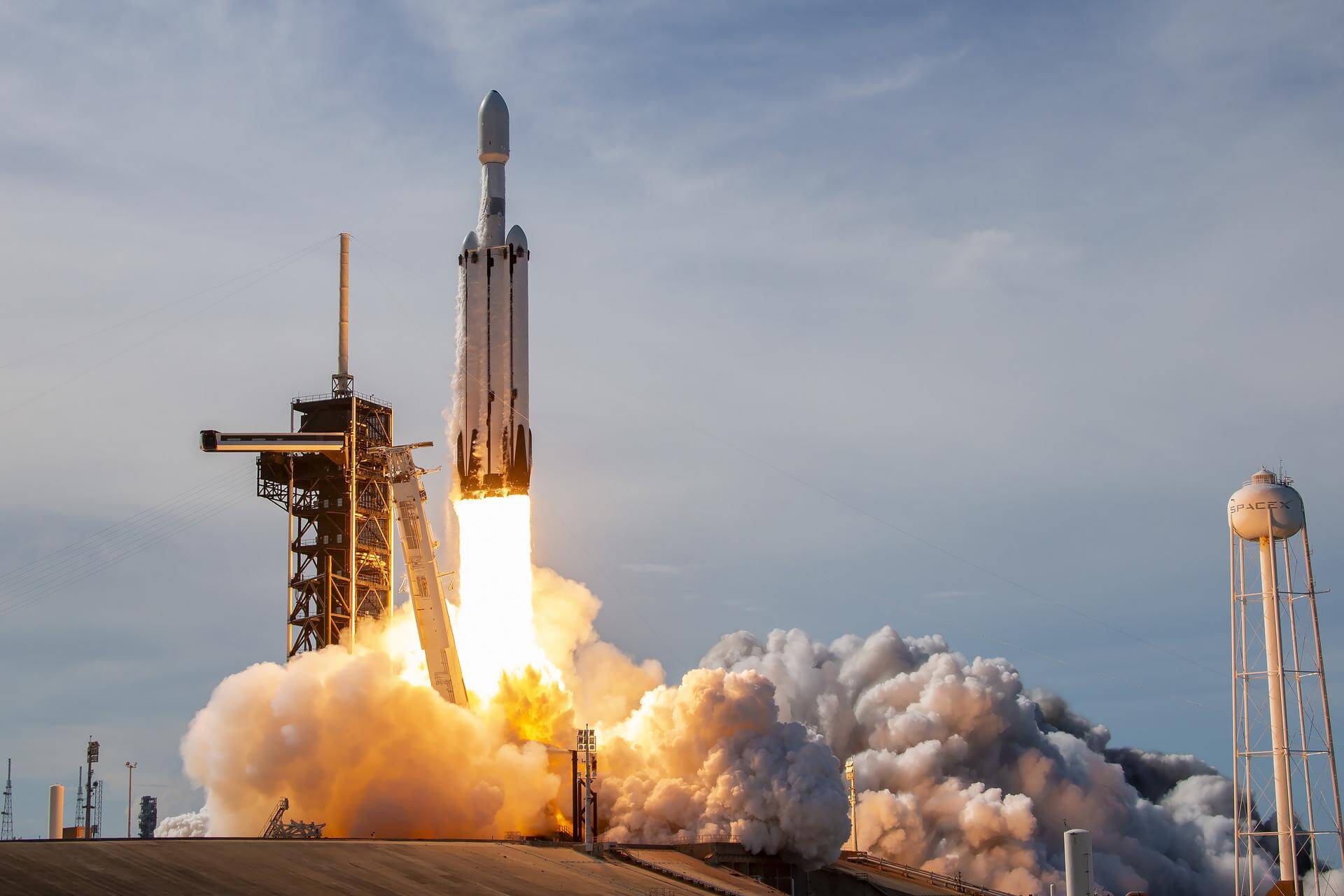Previous Spaceflight Launches
Filter by Agency, Locations or Vehicles
Show All LaunchesFalcon 9 Block 5 | Türksat 6A
SpaceX | United States of AmericaCape Canaveral SFS, FL, USA
July 8, 2024, 11:30 p.m.
Status: Launch Successful
Mission:
Türksat 6A is Turkey's first domestically manufactured geostationary communications satellite. It is to reside in 42° East orbital slot, providing services to customers in Turkey, as well as in Europe, Northern coast of Africa, Middle East, India and Indonesia.
Geostationary Transfer Orbit B1076 - Flight Proven ( ) Just Read the InstructionsLong March 6A | Tianhui 5 Group 02
China Aerospace Science and Technology Corporation | ChinaTaiyuan Satellite Launch Center, People's Republic of China
July 4, 2024, 10:49 p.m.
Firefly Alpha | FLTA005 (Noise of Summer)
Firefly Aerospace | United States of AmericaVandenberg SFB, CA, USA
July 4, 2024, 4:04 a.m.
Falcon 9 Block 5 | Starlink Group 8-9
SpaceX | United States of AmericaCape Canaveral SFS, FL, USA
July 3, 2024, 8:55 a.m.
H3-22 | Advanced Land Observing Satellite-4 (ALOS-4)
Mitsubishi Heavy Industries | JapanTanegashima Space Center, Japan
July 1, 2024, 3:06 a.m.
Long March 7A | ChinaSat 3A
China Aerospace Science and Technology Corporation | ChinaWenchang Space Launch Site, People's Republic of China
June 29, 2024, 11:57 a.m.
Falcon 9 Block 5 | NROL-186
SpaceX | United States of AmericaVandenberg SFB, CA, USA
June 29, 2024, 3:14 a.m.
Status: Launch Successful
Mission:
Second batch of satellites for a reconnaissance satellite constellation built by SpaceX and Northrop Grumman for the National Reconnaissance Office to provide imaging and other reconnaissance capabilities.
Low Earth Orbit B1081 - Flight Proven ( ) Of Course I Still Love YouFalcon 9 Block 5 | Starlink Group 10-3
SpaceX | United States of AmericaCape Canaveral SFS, FL, USA
June 27, 2024, 11:14 a.m.
Falcon Heavy | GOES-U
SpaceX | United States of AmericaKennedy Space Center, FL, USA
June 25, 2024, 9:26 p.m.
Status: Launch Successful
Mission:
The Geostationary Operational Environmental Satellite-U (GOES-U) is the fourth of the next generation of geostationary weather satellites, known as the GOES-R series. The four satellites of the series provide advanced imaging with increased spatial resolution and faster coverage for more accurate forecasts, real-time mapping of lightning activity, and improved monitoring of solar activity. Once GOES-U reaches orbit, it will be renamed GOES-19.
Geostationary Transfer Orbit B1072 - Maiden Flight Landing Zone 1 B1087 - Maiden Flight Atlantic Ocean B1086 - Maiden Flight Landing Zone 2Falcon 9 Block 5 | Starlink Group 9-2
SpaceX | United States of AmericaVandenberg SFB, CA, USA
June 24, 2024, 3:47 a.m.
